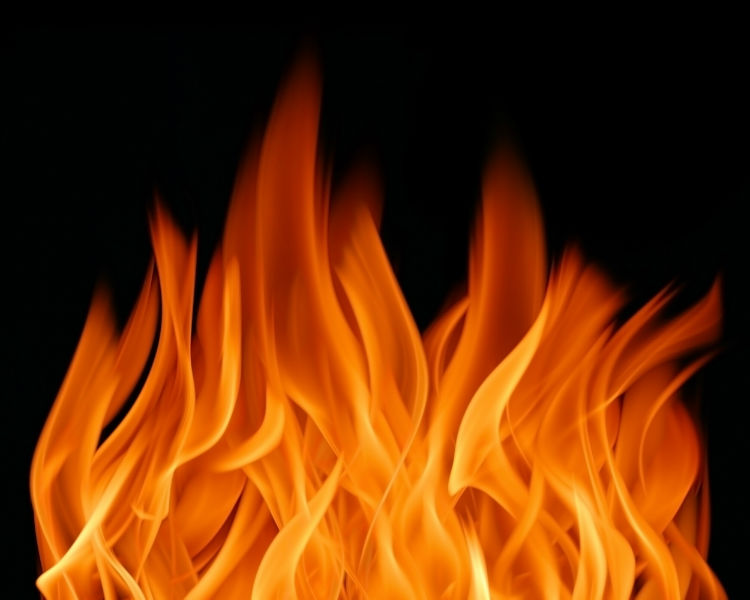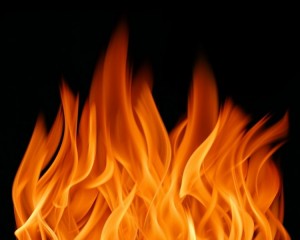What makes a fire burn? Why is it possible to build a roaring fire one time and one that barely stays lit the next? Fire is a chemical reaction in which heat energy is produced. When fossil fuels burn, they combine with oxygen to produce heat. Keep reading as we, The Mad Hatter, delve deeper into this thing called combustion.
Combustion Defined
So what exactly is combustion? Combustion takes place when a fuel reacts with the oxygen in the air to produce heat. The heat created by the burning of the fuel is used in the operation of equipment such as boilers and furnaces. Along with heat, carbon dioxide (CO2) and water (H2O) are created as byproducts of the exothermic (heat-releasing) reaction.
Components of the Fire Triangle
Three things are required in proper combination before ignition and combustion can take place: heat, oxygen and fuel. This is often referred to as the fire triangle. There must be fuel to burn, air to supply oxygen, and heat to start and continue the combustion process. With a continuous supply of heat (which is a product of the combustion process itself), the ignition of additional fuel will continue as long as there is sufficient oxygen present. If any one of the three sides of the fire triangle is removed, the fire will cease to burn. Weaken any one or more of the sides, and the fire will weaken. Increase any one or more of the sides, and the fire will increase in intensity. This knowledge helps firefighters manage and extinguish fires; why shouldn’t homeowners make use of it, too?
Getting the Most out of Combustion
The objective of combustion is to retrieve energy from the burning of fuels in the most efficient way possible. To maximize combustion efficiency, it is necessary to burn all fuel material with the least amount of losses. The more efficiently fuels are burned and energy is gathered, the cheaper the combustion process becomes. Complete combustion occurs when 100% of the energy in the fuel is extracted. There must be enough air in the combustion chamber for complete combustion to occur. The addition of excess air greatly lowers the formation of carbon monoxide (CO). The less CO remaining in the flue gas, the closer to complete combustion the reaction becomes because the CO still contains a significant amount of energy that can and should be completely burned.
Having a more solid grasp on the combustion process will enable homeowners to get the most bang for their heating buck. This will also cut back on the amount of creosote and other chemicals that are allowed to build up on the inside of your chimney. You’ll still need to have your chimney cleaned and inspected annually by a CSIA-certified chimney sweep, however, as even a small amount of these substances is enough to cause a dangerous and potentially deadly chimney fire. We wish you and yours a safe, happy and healthy holiday season.


